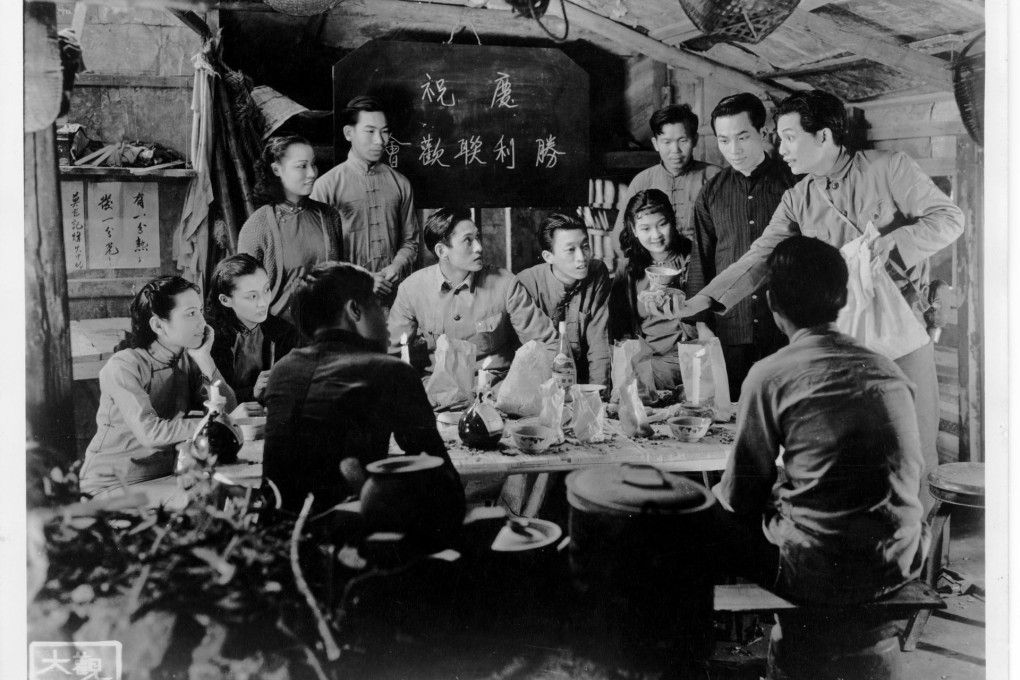Art house: Roar of the People looks at wartime life in Hong Kong
Paul Fonoroff

On the eve of Japan's invasion of Hong Kong in December 1941, the local film industry was experiencing a golden age with more than 80 features released during the year's first 11 months. Less than a handful of these works from this era are still available for viewing today, with notable not only for the quality of its extant print but also as an excellent example of the kind of morale-boosting war propaganda permitted in the colony but banned in enemy-occupied regions within the Republic of China.
Director Tang Xiaodan (1910-2012) was no stranger to the genre: his (1938) was one of the first Cantonese pictures to incorporate the Sino-Japanese conflict into its scenario. Released five months before the occupation of Hong Kong brought virtually all filmmaking activities to a halt for nearly four years, was among the last.
The picture's skilled mixture of didacticism and entertainment is a tribute to Tang, whose directorial credits spanned 50 years until the 1960s.
The sentiments of are generically progressive with an underlying message - easily embraceable by Communists and Nationalists alike - that it is everyone's duty to fight collaborationists.
Its chief espouser is a Guangdong refugee (Cheung Ying) who lives in a shack while raising funds and giving lectures on civic responsibility. That his activities rarely seem heavy-handed is due to their being balanced with the antics of his shack-mates (Ng Wui and Fung Fung), lovable buffoons whose loyalty is unimpeachable.
Adding a dash of pathos, these three musketeers give shelter to a destitute lass (Wong Ang), the victim of the unwanted advances of a lecherous tycoon who peddles contraband material to the opposing side (due to colonial censorship regulations, Japan is never identified by name).